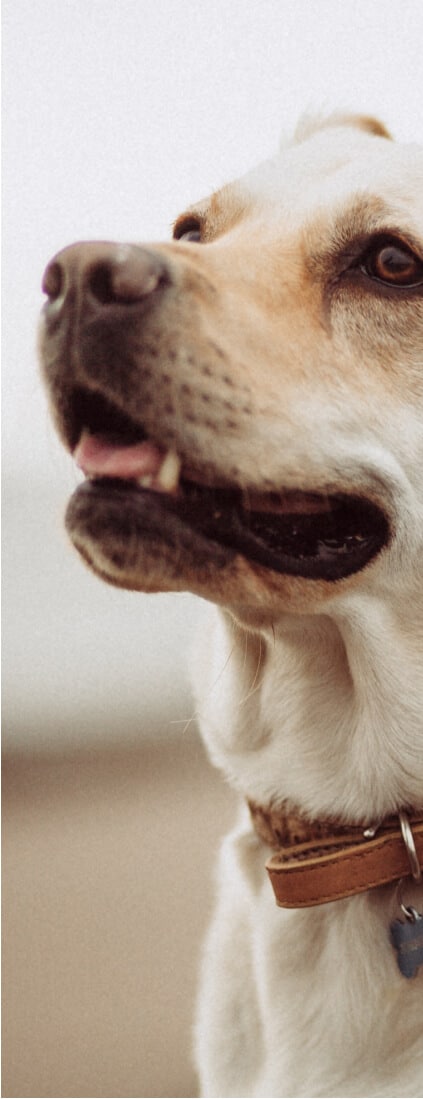Ever wondered what happens to your pet’s remains after aquamation? In this article, we’ll explore what the process leaves behind and how it differs from other methods.
At Compassionate Care, we’ve been offering aquamation since 2009, providing a respectful and environmentally friendly way to honor your beloved pet. Learn more about the gentle process and what to expect after your pet’s aquamation.
What Remains After Aquamation?
The final remains after aquamation are a fine, white ash composed primarily of calcium phosphate, which is the mineral content left after the organic material in the body has been gently broken down. These cremains are much lighter and finer than those produced by traditional flame-based cremation, making them safe to handle and suitable for keeping in an urn, burying, or scattering in a meaningful location.
During the aquamation process, the body is placed in a warm water solution that mimics natural decomposition but does so in an accelerated, controlled environment. This gentle method breaks down organic materials while leaving behind small bone fragments. These fragments are then processed into the fine ash that is returned to you.
It’s important to note that aquamation is a flesh-based process, meaning that non-organic materials such as flower petals, medical devices, and blankets will remain intact after the procedure.
At Compassionate Care, we typically remove these items unless you specifically request otherwise. This ensures that the final remains are purely those of your pet, allowing you to preserve and honor their memory in a way that feels right to you.
Should I Opt For Aquamation for My Pet?
In our opinion, aquamation is an excellent option for several compelling reasons. It not only offers a gentle and respectful way to honor your pet’s memory but also serves as an eco-friendly alternative to traditional flame-based cremation methods.
Gentle and Respectful Process: Aquamation closely mirrors the natural decomposition process, allowing your pet to return to the earth in a serene and organic manner. This method is especially comforting for those who wish to reflect the natural cycle of life in the farewell process.
Eco-Friendly and Sustainable: Aquamation is significantly more energy-efficient than traditional flame-based cremation and produces no harmful emissions. The biodegradable alkaline solution used in the process is returned to the water treatment system as clean water, making it a truly green option. Besides, the process produces no toxic emissions and is designed to be safe for the environment, as the resulting ashes are free of pathogens and harmful substances.
Prepare for Pet Aquamation
Choosing the right way to say goodbye to your beloved pet is a deeply personal decision. Aquamation offers a gentle, respectful, and environmental-friendly alternative to traditional cremation. No matter whether you choose aquamation or other pet cremation options, it’s important to be informed about the process and the choices available to you. To learn more about arranging for a cremation service, explore our comprehensive guide on pet cremation options.
















